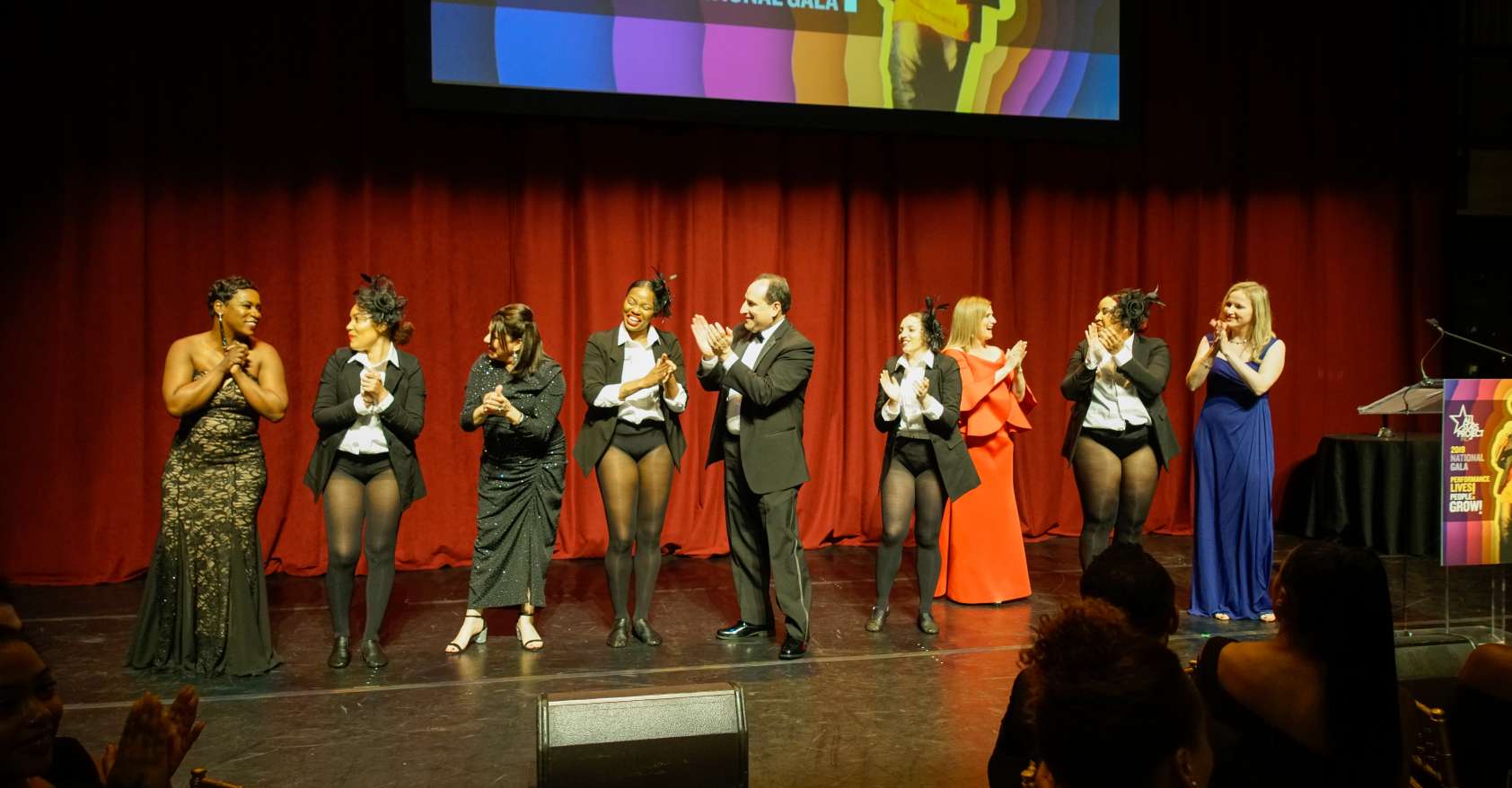Our profession talks a lot about this topic. Usually disguised as part of a strategic conversation about how certain groups are not giving to expectations.
- Why doesn’t our board give more?
- Why don’t our young alumni participate?
- Why do affinity groups not support us?
- Why does one alumni class outperform another?
- Why don’t we have a larger principal gift pool?
The conversation then shifts to what the university/ college/nonprofit did, or a previous President/VP/CEO did that got in the way of these groups giving more. A few examples that pop up regularly include: board leadership does not do a good job of sharing giving expectations as part of new trustee recruitment, or young alumni don’t give because we had no culture of philanthropy when they were students. There are often very good reasons that got in the way of creating a culture of philanthropy with various groups. Whatever your circumstances, however, there is a way for these groups to build a stronger culture of philanthropy. The first step is to recognize that a culture of philanthropy is not specifically about giving, but about setting the conditions for giving.
Organizations who have overcome barriers follow what Ron Schiller, my boss and founder of the Aspen Leadership Group, discovered the 4 pillars that lead to a strong culture of philanthropy when he interviewed over 100 philanthropists for his 2016 book Belief and Confidence. These include:
- Have a relationship, not a transactional, engagement: In the landscape of ever-increasing fundraising goals and shorter and shorter presidential and nonprofit CEO tenures, this pillar can get lost in trying to achieve aggressive leadership agendas.
- All gifts matter: Giving does not usually start at $1M dollars. Donors build their engagement over time and as their confidence grows in the organization so does their philanthropy.
- Engagement is necessary: 75% of the philanthropists interviewed gave their largest gifts to organizations where they or someone in their family was on the board.
- Philanthropy is the outcome of a true partnership: when leadership listens, when ideas are shared, when a vision aligns, and engagement is high, the gifts often solicit themselves.
Schiller identifies 16 dimensions of Belief and Confidence necessary to create the conditions for a strong culture of philanthropy. These are laid out below and categorized into donors, organizational leaders, and staff and volunteers. Take a moment now and think about your Top 20-30 prospects/donors and give your organization a rating for each dimension on a scale of 1-5 (highest):
Potential Principal Gift Donor Community (think about your top 20-30 prospects)
__Belief in the Importance of Giving
__Confidence in the present and future personal financial circumstances
__Confidence in overall personal circumstances
__Belief in the organization’s mission
__Confidence in the organization’s leaders
__Belief in the vision and confidence in the organization’s strategy
__Confidence in the organization’s financial strength and stability
__Confidence in the organization’s capacity to raise additional funds from others
Organizational Leaders:
__Belief that their organization is worthy of philanthropic investment at levels they are seeking
__Belief and confidence in each other’s leadership, vision, strategy, and planning
__Confidence in their chief development officer and their development program
__Confidence in their organization’s capacity to meet fundraising goals
__Belief in philanthropic partnership
Staff and Volunteers:
__Belief in their organization’s mission
__Confidence in their organization’s leaders, plans, and goals
__Belief that their individual contributions make a difference
This exercise points you to the areas that require your attention in building a culture of philanthropy. When addressed, it will help lead you on your way to attracting more significant and transformative gifts. You might also consider doing this type of exercise with your board of trustees, senior leaders, and with your staff. A third-party facilitator is often useful to get the most out of this type of exercise.
Please send me your reflections and if interested, Ron Schiller’s book, Belief and Confidence: Donors Talk about Successful Philanthropic Partnerships can be found at CASE.org.


